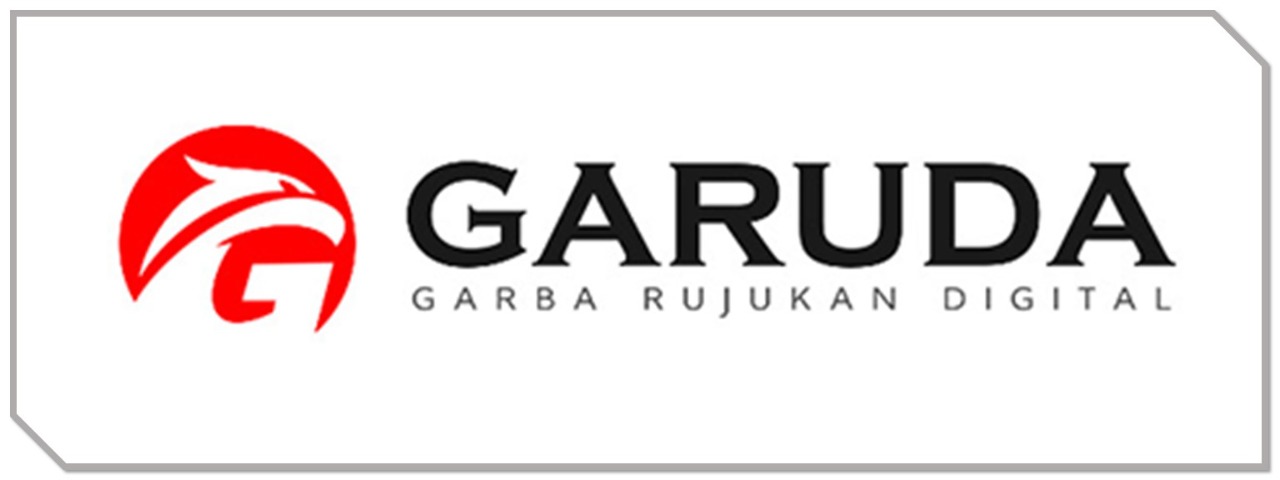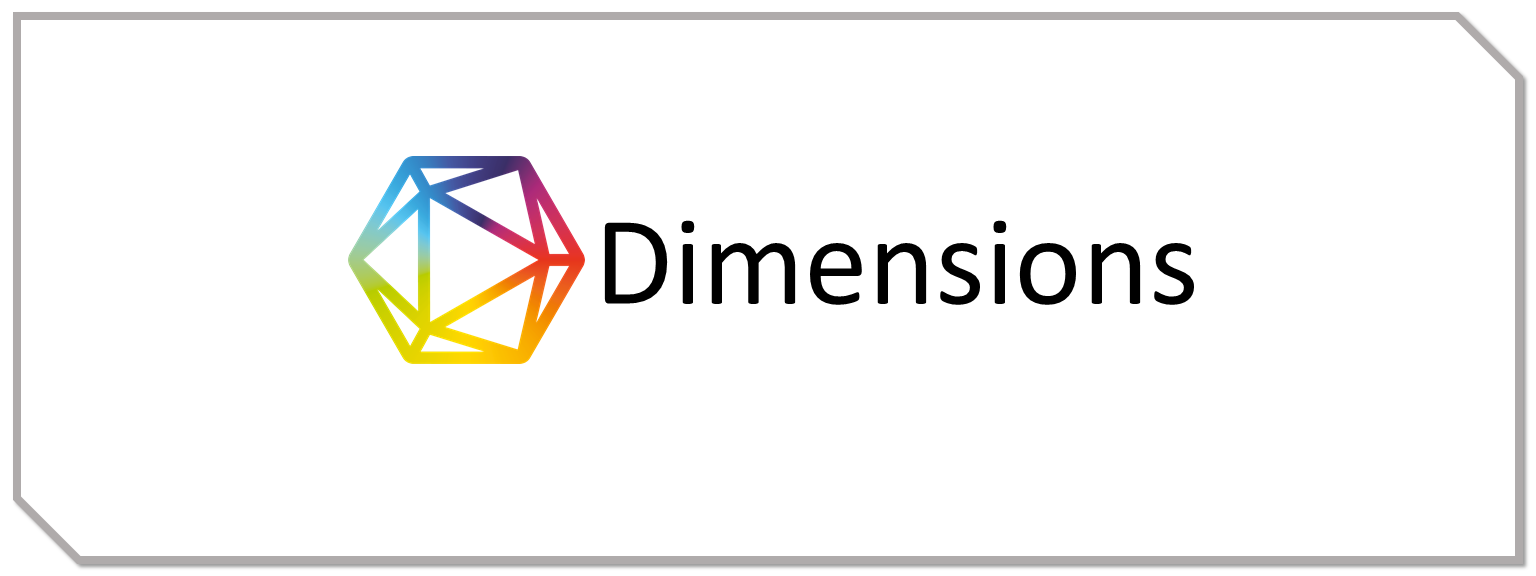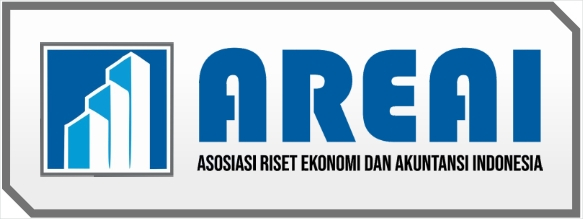Pengaruh Biaya Tenaga Kerja Langsung dan Kos Barang Terjual terhadap Sticky Costs pada Perusahaan Manufaktur
DOI:
https://doi.org/10.59581/jka-widyakarya.v1i2.1436Keywords:
Direct labour costs, cost of goods sold, Sticky costsAbstract
This research aims to determine the sticky costs behavior that occurs in manufacturing companies listed on the Indonesia Stock Exchange. The behavior of sticky costs in this research is seen from sales, general and administration costs which are categorized into several industry groups to see the degree of sticky costs for each industry group per year. Apart from that, the factors that influence sticky costs include direct labor costs and overhead costs. goods sold. The research method used is multiple linear regression analysis which is measured using the Anderson, Banker and Janakiraman equations. The sample was determined based on the purposive sampling method with a total of 65 research samples obtained during the 2017-2019 period. The results of this research are that all manufacturing companies in Indonesia have sticky costs behavior. The largest and smallest degrees of sticky costs occur in the textile, garment and footwear sectors and others. This proves that management in companies in these sectors is inconsistent in monitoring and controlling sales, general and administrative costs. Then regarding the influence of direct labor costs and the cost of goods sold is as follows: 1) Direct labor costs have no effect on sticky costs, 2) Cost of goods sold has no effect on sticky costs.
References
Abu-Serdaneh, J. (2014). The asymmetrical behavior of cost: Evidence from Jordan. International Business Research, 7(8), 113.
Anderson, M. C., Banker, R. D., & Janakiraman, S. N. (2003). Are Selling, General, and Administrative Costs ‘Sticky’? Journal of Accounting Research, 41(1), 47–63. https://doi.org/10.1111/1475-679X.00095
Balakrishnan, R., & Gruca, T. S. (2008). Cost stickiness and core competency: A note. Contemporary Accounting Research, Forthcoming. https://papers.ssrn.com/sol3/papers.cfm?abstract_id=1113775
Cannon, J. N. (2014). Determinants of “sticky costs”: An analysis of cost behavior using United States air transportation industry data. The Accounting Review, 89(5), 1645–1672.
Dalla Via, N., & Perego, P. (2014). Sticky cost behaviour: Evidence from small and medium sized companies. Accounting & Finance, 54(3), 753–778. https://doi.org/10.1111/acfi.12020
Dierynck, B., Landsman, W. R., & Renders, A. (2012). Do managerial incentives drive cost behavior? Evidence about the role of the zero earnings benchmark for labor cost behavior in private Belgian firms. The Accounting Review, 87(4), 1219–1246.
Horngren, C. T., Sundem, G. L., Elliott, J. A., & Philbrick, D. R. (2014). Introduction to financial accounting. Pearson. https://thuvienso.hoasen.edu.vn/handle/123456789/1247
Jazuli, M. A., Maksum, A., & Rini, E. S. (2020). Analisis Faktor-Faktor Yang Mempengaruhi Cost Stickiness Pada Perusahaan Manufaktur Yang Terdaftar Di Bursa Efek Indonesia Periode 2014-2018. Jurnal Sains Sosio Humaniora, 4(1), 205–222.
Kartikasari, R., Suzan, L., & Muslih, M. (2018). Perilaku sticky cost terhadap biaya tenaga kerja dan beban usaha pada aktivitas penjualan. Jurnal Riset Akuntansi Kontemporer, 10(1), 1–7.
Marhamah, M., Susanto, E., & Aminudin, M. (2020). PERILAKU STICKY COST BIAYA PENJUALAN, BIAYA ADMINISTRASI DAN UMUM SERTA HARGA POKOK PENJUALAN PADA PERUSAHAAN MANUFAKTUR SUBSEKTOR FOOD AND BEVERAGE YANG TERDAFTAR DI BEI PERIODE 2016-2018. Jurnal Akuntansi & Bisnis, 6(01). http://journal.uyr.ac.id/index.php/JAB/article/view/296
Nugroho, P. I., & Endarti, W. (2014). Do the Cost Stickiness in The Selling, General and Administrative Costs Occur in Manufacturing Companies in Indonesia? The Indonesian Journal of Accounting Research, 17(3). http://ijar-iaikapd.or.id/index.php/ijar/article/view/403
Ratnawati, L., & Nugrahanti, Y. W. (2015). Perilaku sticky cost biaya penjualan, biaya administrasi dan umum serta harga pokok penjualan pada perusahaan manufaktur. Jurnal Ekonomi Dan Bisnis, 18(2), 65–80.
Safitri, D. P., & Kristianti, I. (2022). Analisis perilaku Sticky Cost biaya produksi pada perusahaan BUMN sektor manufaktur periode 2014-2020. Owner: Riset Dan Jurnal Akuntansi, 6(2), 2059–2070.
Subramaniam, C., & Watson, M. W. (2016). Additional evidence on the sticky behavior of costs. In Advances in management accounting (Vol. 26, pp. 275–305). Emerald Group Publishing Limited. https://www.emerald.com/insight/content/doi/10.1108/S1474-787120150000026006
Sugiyono. (2016). Metode Penelitian Kuantitatif, Kualitatif Dan R&D.
Syafitri, Y., & Putra, M. S. S. (2018). Aplikasi Akuntansi Biaya Tenaga Kerja Langsung (BTKL) pada Stasiun TVRI Bandar Lampung. Jurnal JUSINTA, 1(1), 50–55.
Vonna, S. R., & Daud, R. M. (2016). Analisis perilaku sticky cost pada biaya produksi dan non-produksi (Studi empiris pada perusahaan manufaktur yang terdaftar di Bursa Efek Indonesia periode 2011-2014). Jurnal Ilmiah Mahasiswa Ekonomi Akuntansi, 1(1), 120–132.
Weiss, D. (2010). Cost behavior and analysts’ earnings forecasts. The Accounting Review, 85(4), 1441–1471.
Downloads
Published
How to Cite
Issue
Section
License
Copyright (c) 2023 Nurin Naimatun Naimah , Siti Asiam

This work is licensed under a Creative Commons Attribution-ShareAlike 4.0 International License.
















